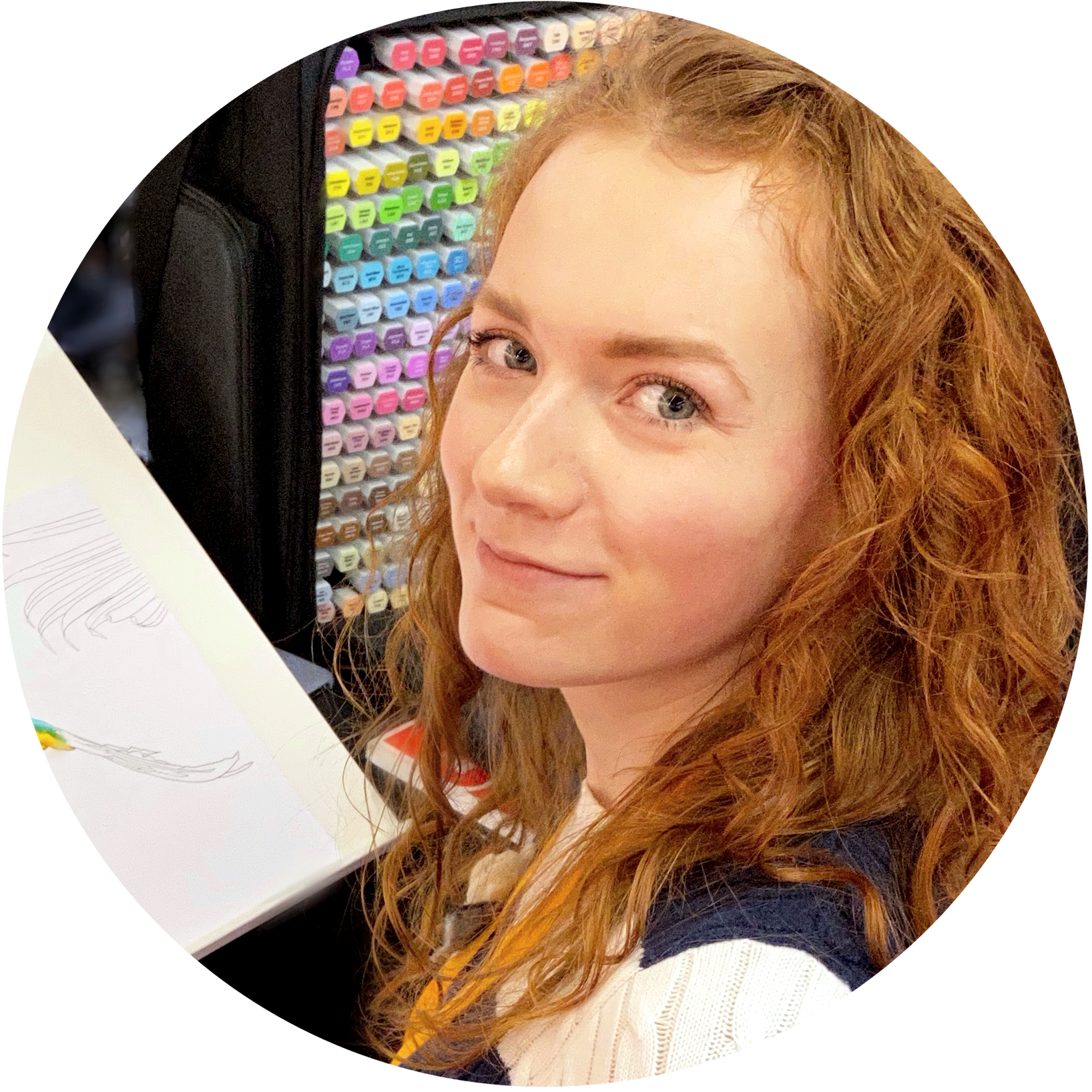How to Create Colour Scheme From Photo
Don’t have time now? Pin for later!
Colour schemes from photos are everywhere. There are specialised websites focused only on this topic. Just find a suitable picture on one of those websites, and BOOM! You have a colour scheme ready to go! It seems too easy to be true, and here is the caveat.
Though you get a nice colour story, it's missing one HUGE component – colour amounts. Without a doubt, this is the number one mistake people make when creating colour schemes. Check out this post to read about 7 Common Mistakes When Creating Colour Schemes.
If you don't know the proportions of colours in your work, you can't be sure what the end result will be. A tiny bit of bright red makes an accent, attracting attention, whereas a lot of it adds an aggressive, intense aspect to the piece.
Let me work you through my process of creating colour schemes from photos, so you can capture the right feeling as well as a beautiful colour story.
It's easier to start with a painting where the mood is clearly defined. Look at Café Terrace at Night by Vincent van Gogh.
I always start with the colour that attracts my attention.
Here it's for sure a yellow-orange combination. They dominate the piece. Then I notice blue, which balances them out. So I create the first yellow rectangle. Yellow and orange appear as one, so for now, I unite them in one shape. I add a dark blue rectangle to the right, which is smaller.
The main pairs of colours in the painting
This is definitely the most crucial colour relationship of this painting. I try to capture the proportion of paints right. There's no need to go into mathematics and measure actual surfaces covered by the pigments. The approximate amounts will do.
Now the question comes: How many colours do you need to represent this painting?
There's no reason to catalog all of the hues you see on the canvas. The purpose is to identify the core ones that make the piece. Let's dive deeper into the analysis.
First of all, yellow should be split into two to have orange as a separate colour. We can break down yellow even further to have yellow-green included. The same goes for a lighter blue within the blue rectangle.
The core colours and their variations
Other important colours include warm red in some details, black in the shadows, dark green, and a delicate hue that appears beige, but is actually very light green if you sample it.
Final colour scheme
These are the colours that, in my opinion, make this painting. You may disagree with me and add more hues to this colour scheme or change them a bit. This colours scheme is based on my perception of the painting.
It's the color's importance for conveying mood and idea that decide whether it should be included in the colour scheme. If you can take the colour away and the overall feeling doesn't change, then it's not essential and can be easily excluded from the colour palette.
You also rearrange colours to go from the largest in the amount to the smallest.
Final colour scheme with colours ordered by their amount
P.S. If you found this post helpful, share it with a friend.
Keep creating!
Yours,
Tatiana
You might also enjoy
Hello!
My name is Tatiana Kuvaldina.
I am a colour expert.
My purpose is to help creatives like you to build their confidence one colour exercise at a time.
Let’s talk more on Instagram
Find me @tkuva_illustrates
















